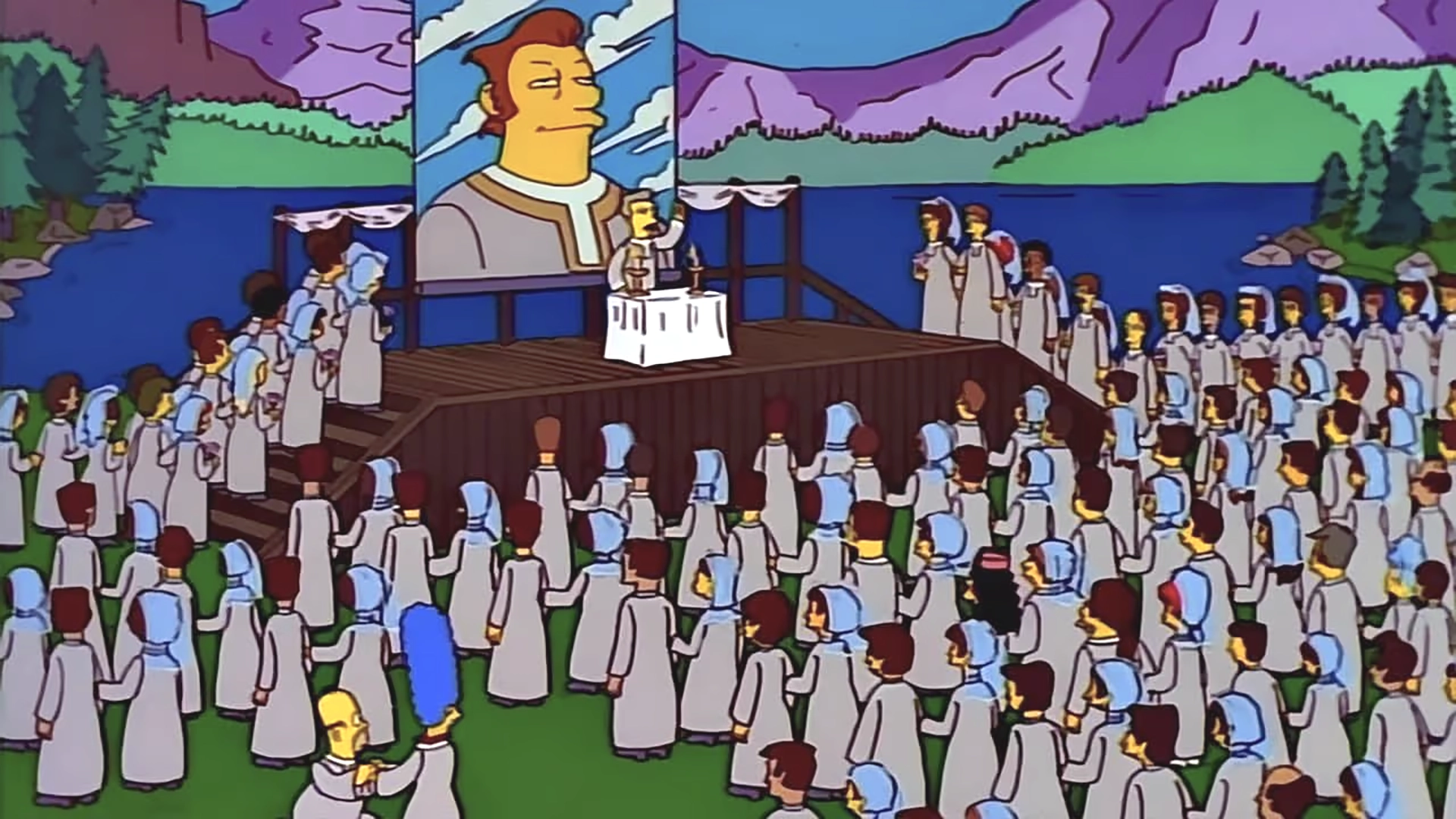A couple of times a year, at every agency I know of, the magic words “a culture of creativity” get tossed around. Every CCO or ECD has at one time or another thought to themselves, “If we can build a culture that is creative enough, then the quality of our work will improve to such a degree that we can raise our rates, and I can finally buy that diamond flat-brim hat I’ve had my eye on.” But what even is culture? Why does creative culture, to so many creatives, sound like such bullshit?
Despite the repeated meetings, emails, and meetings that should’ve been emails about its importance, creative culture is seldom actively pursued, defined, or invested in by creative leads. It’s sprayed around the agency like an air freshener, fresh linen and eucalyptus, but in a couple of hours, everything is back to smelling like bullshit.
Culture is a set of beliefs, taboos, and motivations that require real effort and belief to work. It’s like a religion. Creative culture guides the group and keeps everyone working toward the same creative goals, even when our tasks and responsibilities are wildly different. And like a religion, it needs tenets.
Many agencies never articulate their culture past the most basic of principles. Make something great, get promoted. Make something bad, get fired. This is a poor foundation — one that creates an environment where most creatives are more concerned with staying employed than they are getting promoted. Risk aversion permeates. So the number one priority at an agency like this, as directed by their own ill-defined culture, isn’t to make something great, but to make something not bad. And in an industry where standing out is paramount, not bad is in reality worse than actually bad. At least bad work might get noticed for how bad it is. This isn’t a religion. It’s a death cult.
A strong culture requires clear priorities and motivations, literally written down and discussed at regular intervals, interrogated, debated, and ritually reinforced. It gives junior creatives a north star to follow when they’re unsure and senior creatives the structure they need to take big swings and make impactful work.
The Ten Commandments, the Seven Deadly Sins, call it what you may, but you need rules. Just like with creative work, you can’t explore every idea in every direction. Focus is what creates real progress. Resources are finite and the gods demand a sacrifice.

